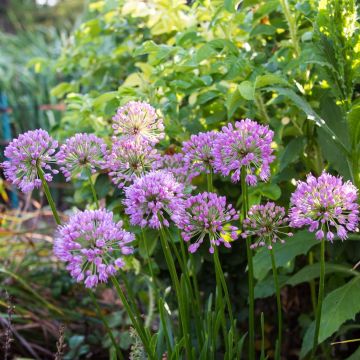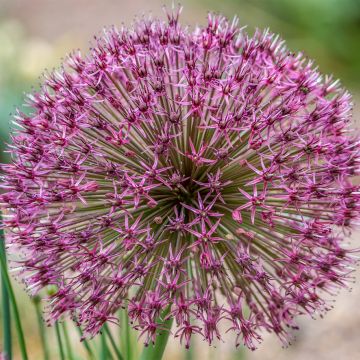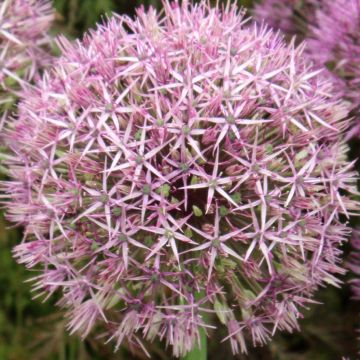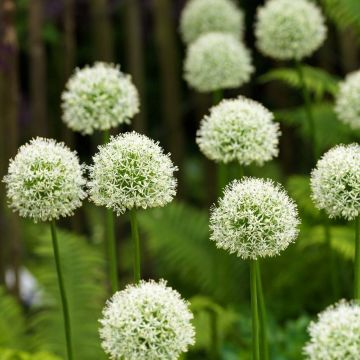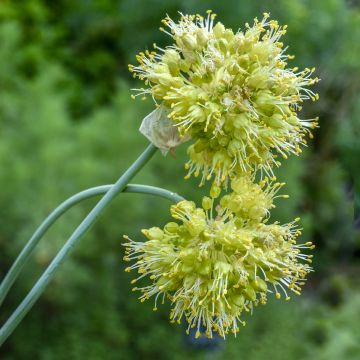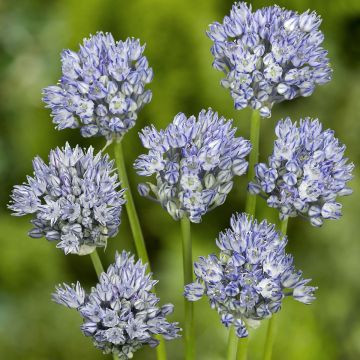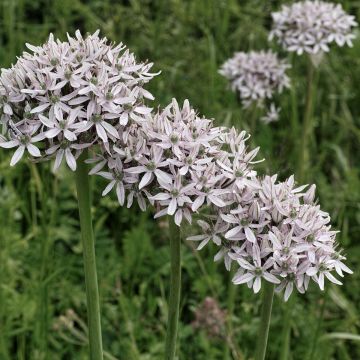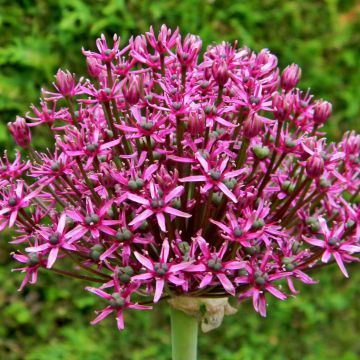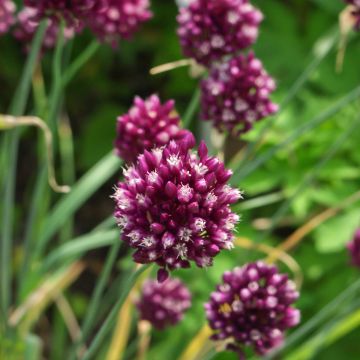País e idioma de entrega
Tu lugar de residencia parece ser:
Your country of residence is:
Para disfrutar de la mejor experiencia en nuestro sitio, puedes cambiar:
País de entrega:
Alemania
Andorra
Austria
Bulgaria
Bélgica
Canadá
Chequia
Chile
Chipre
Croacia
Dinamarca
Eslovaquia
Eslovenia
España
Estonia
Finlandia
Francia
Grecia
Hungría
Irlanda
Islandia
Italia
Letonia
Lituania
Luxemburgo
Malta
Mónaco
Países Bajos
Polonia
Portugal
Reino Unido
Rumanía
Suecia
Suiza
We only deliver seed and bulb products to your country. If you add other products to your basket, they cannot be shipped.
Idioma:
Francés
Alemán
Español
Inglés
My Account
Hola
Mis listas de favoritos
Plantfit
Mi cesta
Inicio de sesión / Registro
¿Ya eres cliente?
¿Todavía no eres cliente?
Crea su cuenta para poder realizar el seguimiento de tu pedido, acceder a nuestro servicio de atención al cliente y, si lo deseas, beneficiar de nuestras próximas ofertas.
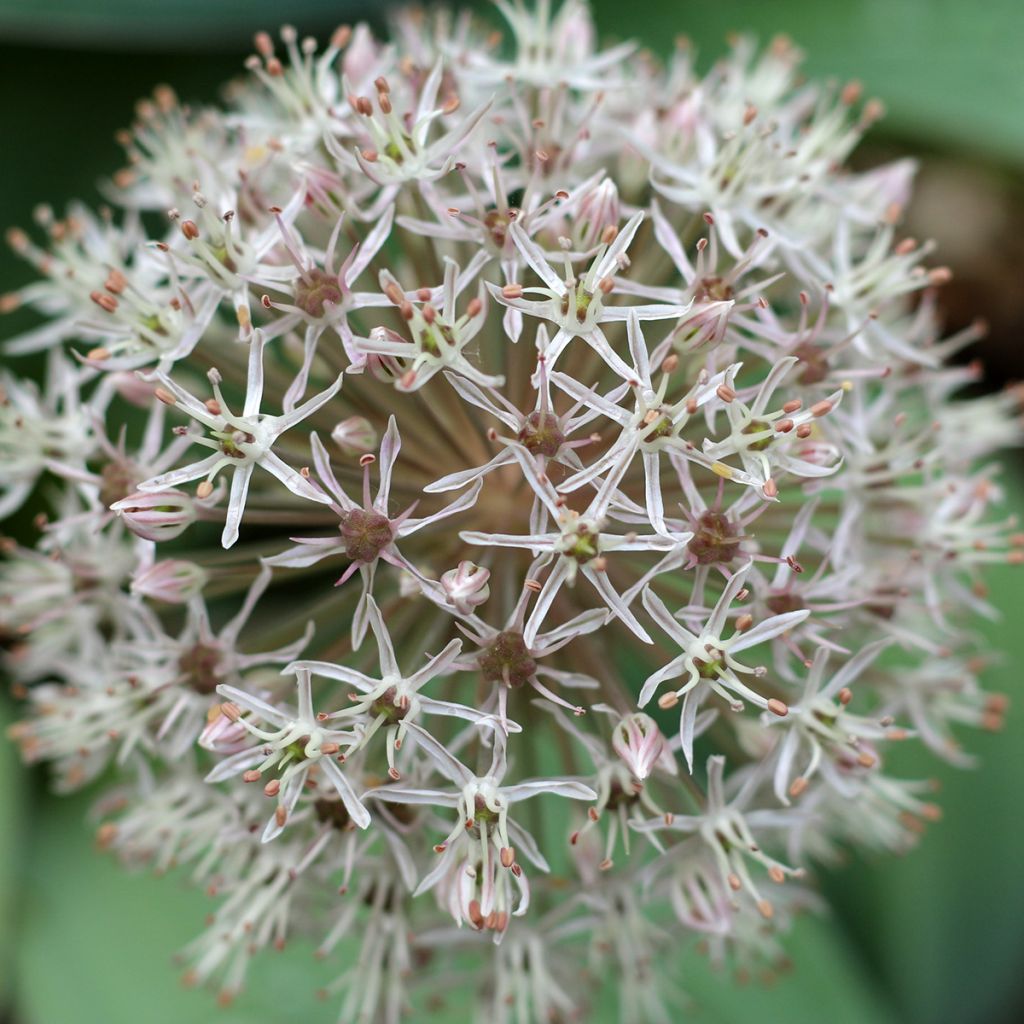

Allium karataviense - Cebolla turkistan
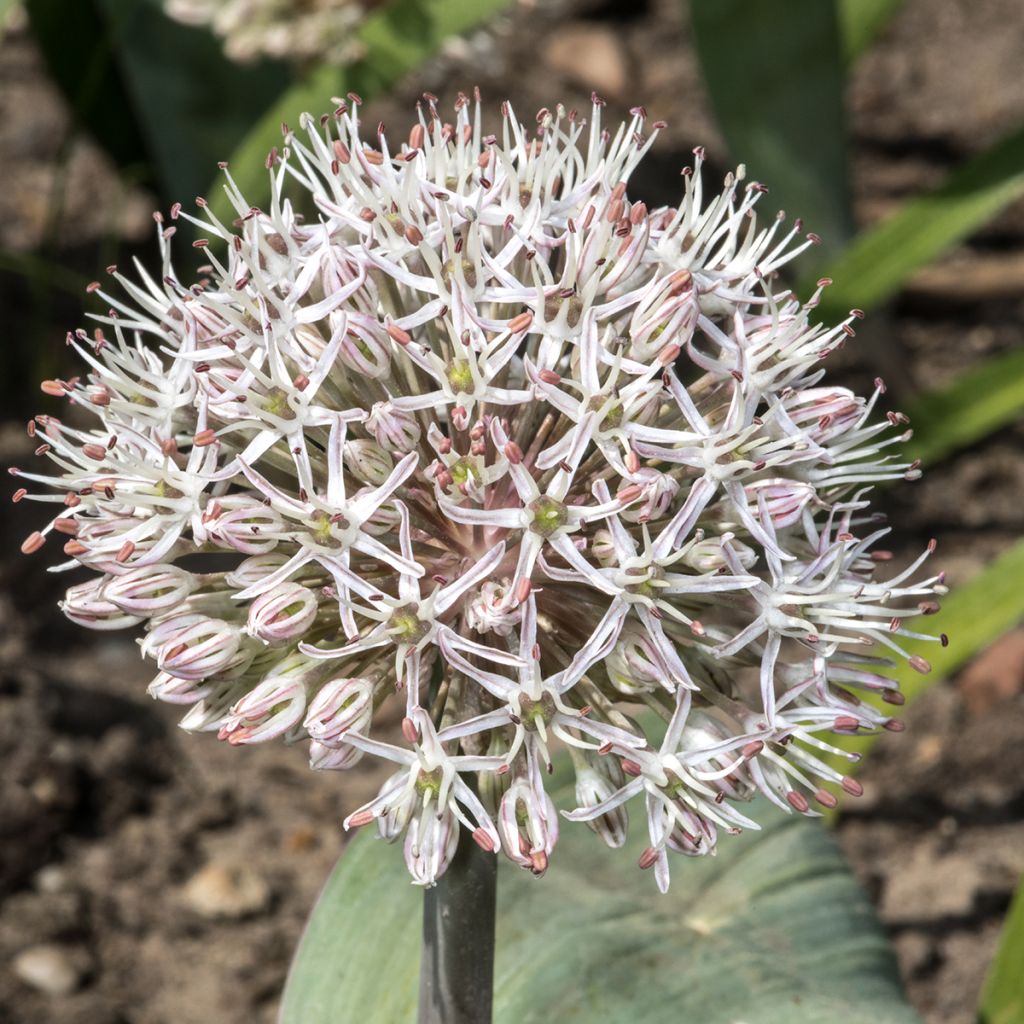

Allium karataviense - Cebolla turkistan
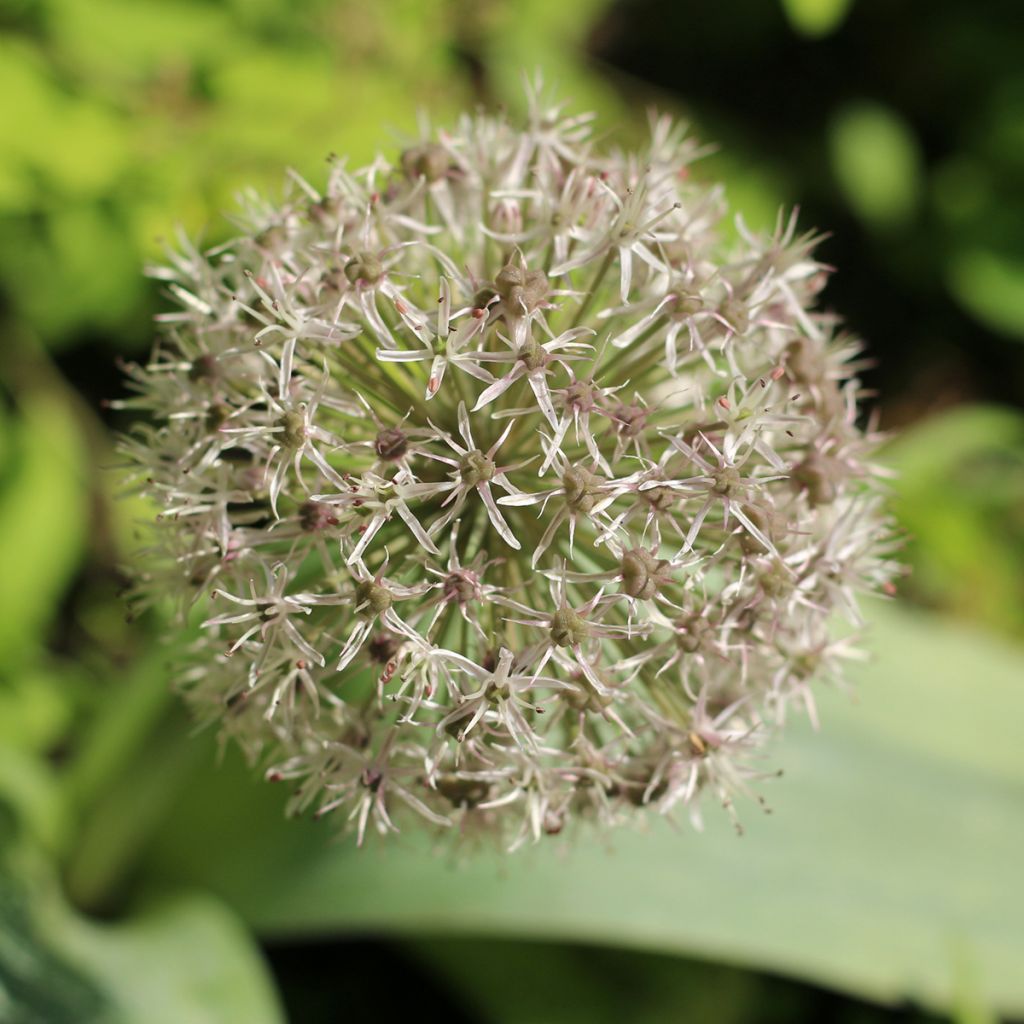

Allium karataviense - Cebolla turkistan
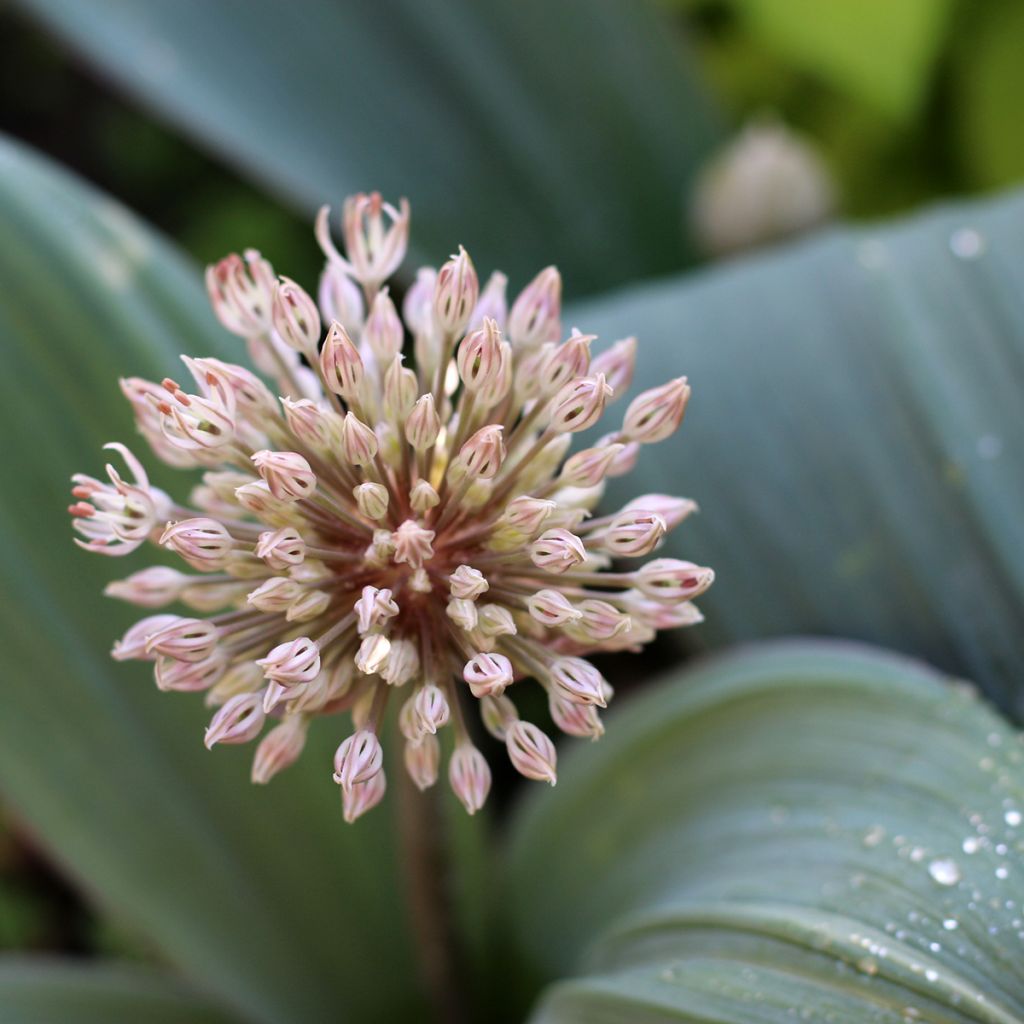

Allium karataviense - Cebolla turkistan
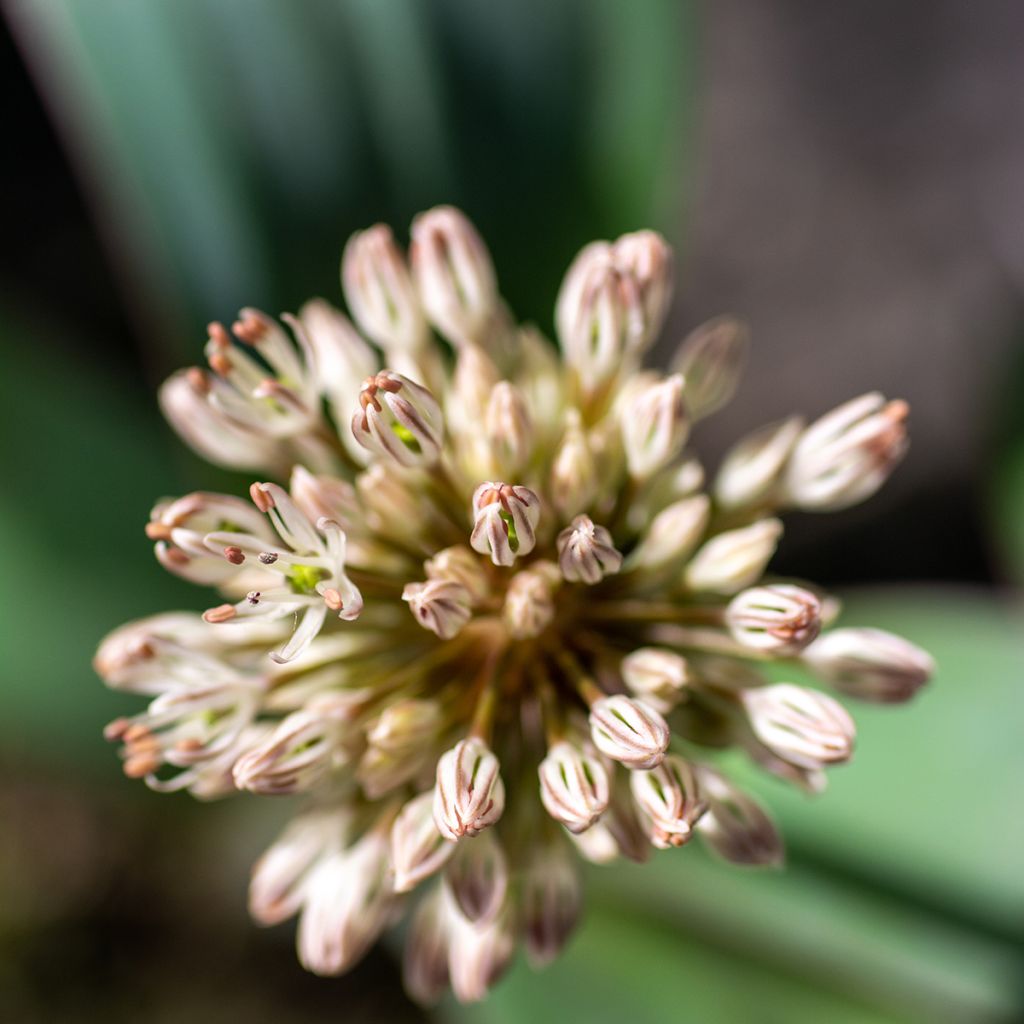

Allium karataviense - Cebolla turkistan
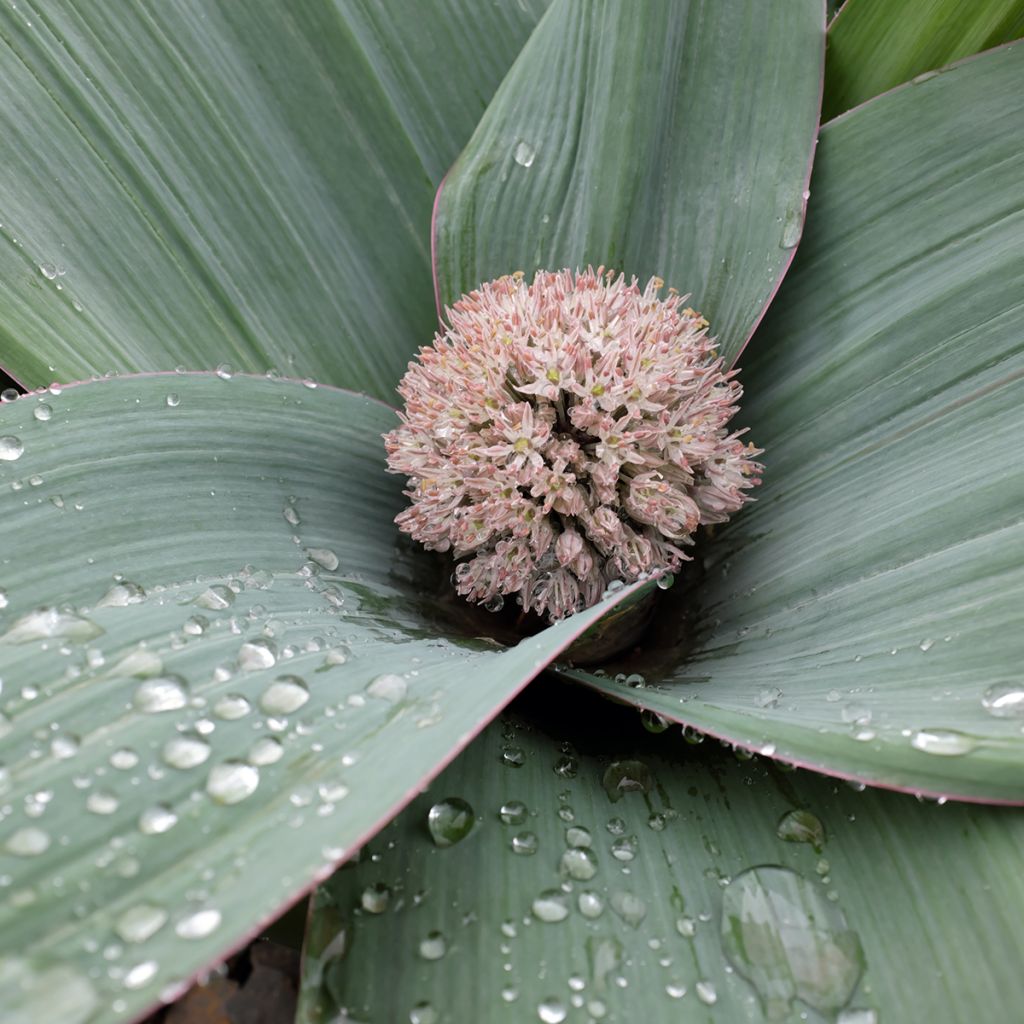

Allium karataviense - Cebolla turkistan
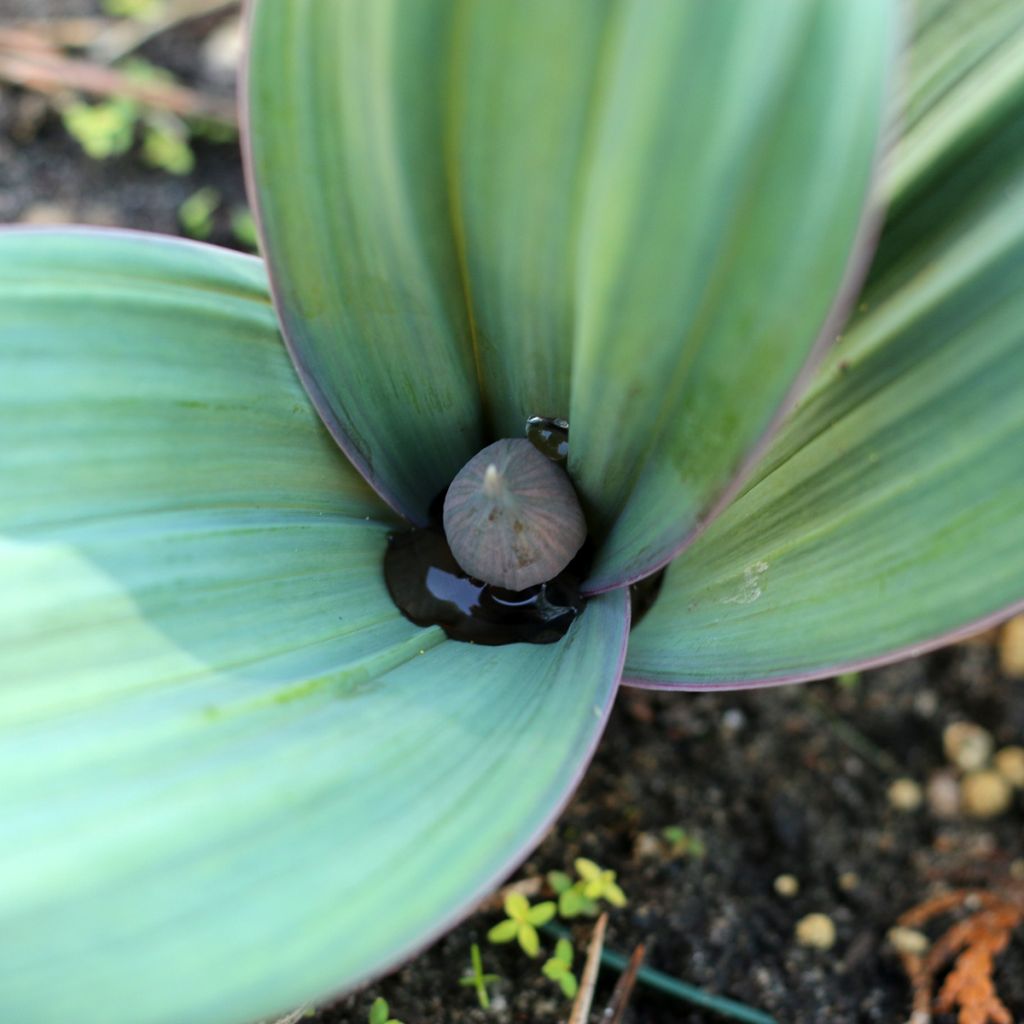

Allium karataviense - Cebolla turkistan
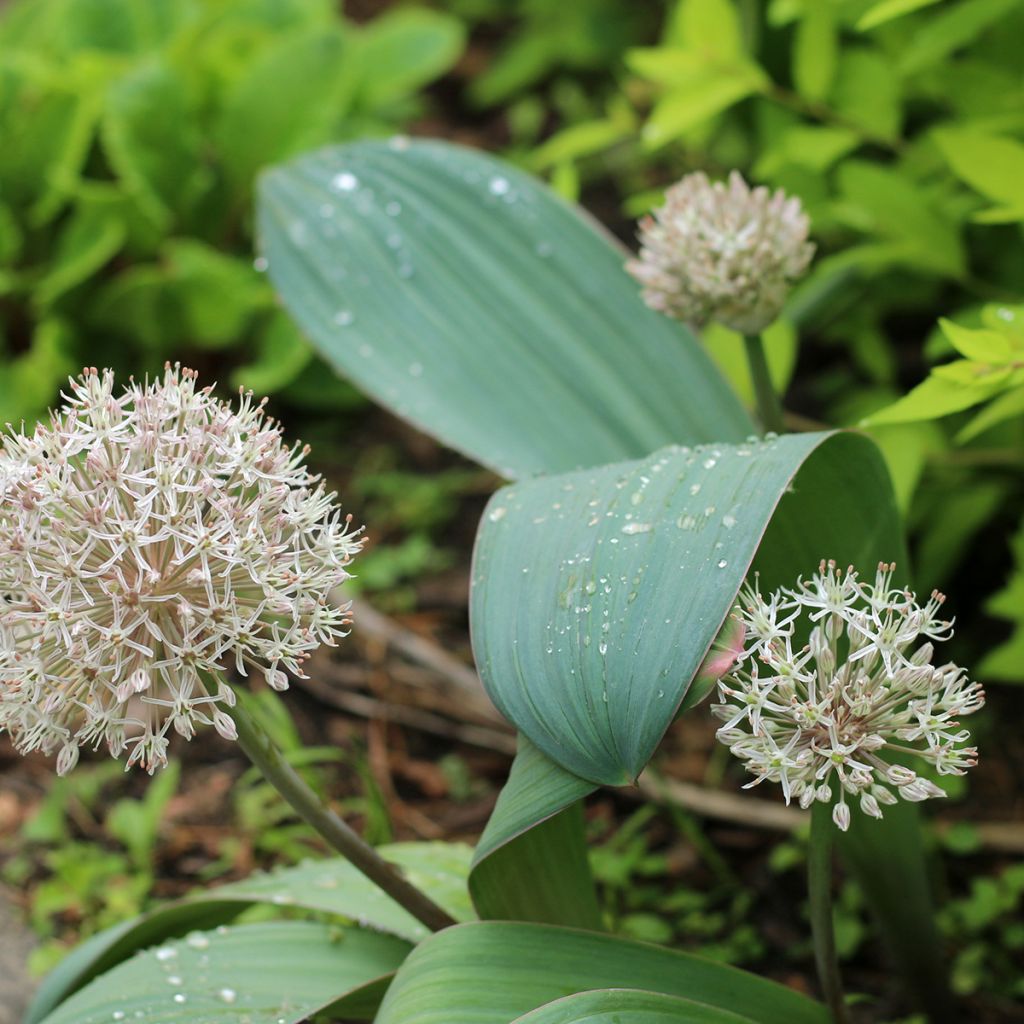

Allium karataviense - Cebolla turkistan
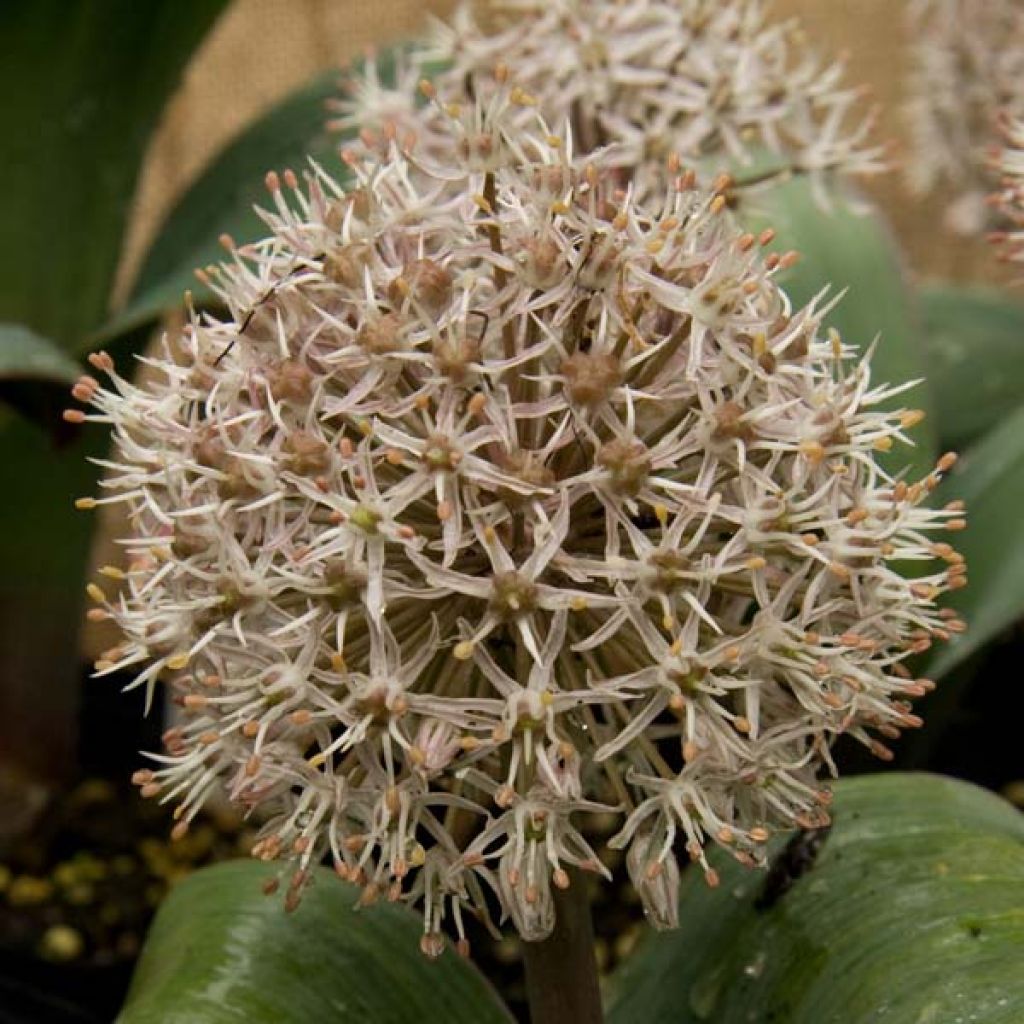

Allium Karataviense
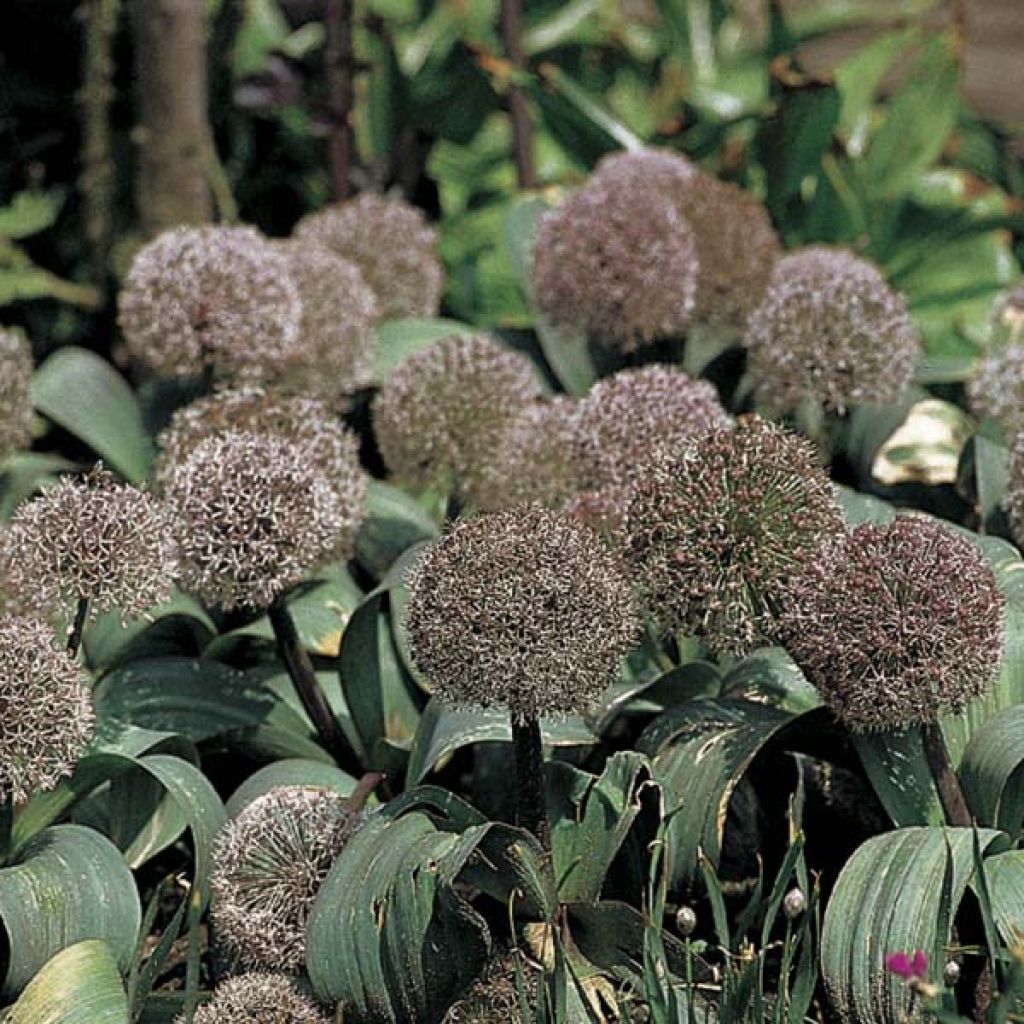

Allium Karataviense
Ver más imágenes
Ocultar imágenes

Thierry P.

Floraison de mai - image 1
Thierry P. • 84 FR

Thierry P.

Floraison de mai - image 2
Thierry P. • 84 FR

Aurélie M.

Mi-mai
Aurélie M. • BE
Allium karataviense - Cebolla turkistan
Allium karataviense
Cebolla turkistan
Más de para que tu pedido salga hoy mismo.
Enviado por correo a partir del
Gastos de transporte a partir de 5,90 €. Artículos grandes, gastos de envío a partir de 6,90 €.
Más información
Este artículo no está disponible para tu país.
País de entrega:
Alemania
Andorra
Austria
Bulgaria
Bélgica
Canadá
Chequia
Chile
Chipre
Croacia
Dinamarca
Eslovaquia
Eslovenia
España
Estonia
Finlandia
Francia
Grecia
Hungría
Irlanda
Islandia
Italia
Letonia
Lituania
Luxemburgo
Malta
Mónaco
Países Bajos
Polonia
Portugal
Reino Unido
Rumanía
Suecia
Suiza
Programa tu fecha de entrega,
y elige tu fecha en la cesta
6 meses de garantía en el desarrollo de esta planta
Más información
Garantizamos la calidad de nuestras plantas durante un ciclo vegetativo completo, y sustituiremos a nuestro cargo cualquier planta que no se recupere en condiciones climáticas y de plantación normales.
Desde 5,90 € para entrega en un punto de recogida y 6,90 € para entrega a domicilio
Entrega a domicilio exprés en 24-48 horas: 8,90 €.
Desde 5,90 € para entrega en un punto de recogida y 6,90 € para entrega a domicilio
Entrega a domicilio exprés en 24-48 horas: 8,90 €.

¿Esta planta es adecuada para mi jardín?
Crear mi perfil Plantfit →
Descripción
The Allium karataviense, also known as the Ail du Turkestan ornamental, native to the mountains of Karatau in Kazakhstan, is an attractive, robust, and hardy botanical species that blooms in spring. It is recognized by its large globular pastel-colored flower heads carried by sturdy stems emerging from beautiful gray-blue reflective leaves. The plant goes dormant in summer. This ornamental garlic, not very tall but quite spectacular, will thrive in a sunny border or rockery among low plants, planted in very well-drained, even limestone, and dry soil in summer.
The Ail du Turkestan is native to Central Asia where it grows in the mountains, usually in limestone scree. This plant belongs to the liliaceous (allium) family, and develops from a single bulb, round and slightly flattened, which can reach 10 cm in diameter over the years. Its cold resistance is excellent (-20°C and colder), and it tolerates limestone soils and rather dry conditions in summer very well. The inflorescences, perched 25 cm above the ground, are dense spherical umbels measuring 6 to 7 cm in diameter. They consist of numerous star-shaped flowers with 6 petals, in a very soft blend of white, cream, and lilac colors. After pollination by pollinating insects, decorative black seeds form. This slightly fragrant flowering is carried by thick, sturdy stems, between May and June, as early as late April in our mild regions. The foliage, resembling a cone, emerges from the ground towards the end of March, more or less early depending on the regions. It consists of 2 to 5 leaves measuring 5 to 12 cm wide, arranged in a rosette. They are thick, violet on the underside, and covered with a bloom that gives them a refined gray-blue color. They are sometimes tinged with purple. The foliage yellows and disappears just after flowering, usually at the end of June, a good adaptation to hot and dry summer conditions.
Easy to grow, unique, the Allium karataviense appreciates any type of fresh soil in spring, but always well-drained, in a sunny position. Used to add an unusual touch to borders and rockeries, it adapts very well to pot culture, allowing you to enjoy its beautiful flowering on a balcony or terrace. Plant it in groups of 5 that you will slip between low perennials (Nepeta 'Kit Cat', Aubrieta, perennial geraniums, lavenders, ground cover carnations...).
Allium karataviense - Cebolla turkistan en imágenes...




Porte
Floración
Follaje
Botánica
Allium
karataviense
Alliaceae - Liliaceae
Cebolla turkistan
Asia Central
Otras Allium - Ajo ornamental
Plantación y cuidados
Alliums are plants that are fairly easy to grow if they are planted in a very well-drained, sandy or gravelly soil. Preferably plant them before the end of October so that they have time to establish themselves well. They dislike winter moisture. Early flowering species and varieties such as the Turkistan onion prefer fairly dry soils in summer. This Allium karataviense thrives in limestone soils, but will also do well in slightly acidic soil. It especially needs water in spring.
Give them a sunny spot in well-drained, even rocky soil. Plant them at a depth of 10 to 15 cm, spaced 15 cm apart for larger ones. Plant them at a depth of 10 cm, spaced 7 cm apart for small bulbs. Not very demanding, they prefer poor soils.
¿Cuándo plantar?
¿En qué lugar?
Cuidado
Este artículo todavía no ha recibido comentarios; sé el primero en compartir tu experiencia.
¿No has encontrado lo que buscas?
La rusticidad es la temperatura invernal más baja que una planta puede soportar sin sufrir daños graves o incluso la muerte. Sin embargo, la rusticidad se ve afectada por la ubicación (zona protegida, como un patio), la protección (cubierta de invierno) y el tipo de suelo (la rusticidad mejora con un suelo bien drenado).

Condiciones generales de uso del servicio de fotos del cliente
Con el fin de favorecer la interacción y el intercambio de experiencias entre jardineros, Promesse de fleurs ofrece varios servicios que permiten cargar contenidos en su Sitio web, en particular a través del módulo "Compartir fotos".
El usuario se compromete a no:
- Publicar contenidos ilegales, perjudiciales, insultantes, racistas, que inciten al odio, revisionistas, contrarios a las buenas costumbres, que atenten contra la vida privada o vulneren los derechos privados de terceros, en particular el derecho a la imagen de las personas y de los bienes, los derechos de propiedad intelectual o el derecho a la vida privada
- Publicar contenidos en nombre de un tercero
-
Asumir la identidad de un tercero y/o publicar cualquier información personal sobre un tercero
En general, los Usuarios se comprometen a abstenerse de cualquier comportamiento poco ético.
Todos los Contenidos, en particular, textos, comentarios, archivos, imágenes, fotos, vídeos, obras, etc., que pueden ser objeto de derechos de propiedad, derechos de propiedad intelectual, derechos de imagen u otros derechos privados, siguen siendo propiedad del Usuario, a reserva de los derechos limitados concedidos por la licencia definida a continuación a Promesse de fleurs. El Usuario es libre de publicar o no dicho Contenido en el Sitio web, especialmente a través del servicio "Compartir fotos", y acepta que este Contenido se haga público y libremente accesible, especialmente en Internet.
Reconocen, se comprometen y garantizan que disponen de todos los derechos y autorizaciones necesarios para dicha publicación en el Sitio, en particular en lo que respecta a la legislación vigente y a los derechos de privacidad, propiedad, propiedad intelectual, imagen, contratos o de cualquier otra naturaleza. Al publicar dicho Contenido en el Sitio, el Usuario es consciente de que compromete su responsabilidad como editor del Contenido en el sentido de la ley, y concede a Promesse de fleurs una licencia no exclusiva, gratuita y mundial para dicho Contenido, durante toda la duración de su publicación, incluidos los derechos de reproducción, representación, carga, visualización, ejecución, transmisión y almacenamiento.
Los usuarios también autorizan a que su nombre se asocie al Contenido y aceptan que esta asociación no siempre pueda realizarse.
Mediante su publicación, los usuarios autorizan que los Contenidos sean automáticamente accesibles en Internet, en particular en otros sitios y/o blogs y/o páginas web del sitio Promesse de fleurs, incluidas en particular las páginas de las redes sociales y el catálogo de Promesse de fleurs.
Los usuarios pueden obtener libremente la devolución de los contenidos confiados poniéndose en contacto con el servicio de atención al cliente a través del formulario de contacto.
Los periodos de siembra indicados en nuestro sitio web se aplican a los países y regiones de la zona 8 del USDA (Francia, Reino Unido, Irlanda, Países Bajos).
En zonas más frías (Escandinavia, Polonia, Austria...), retrase 3-4 semanas cualquier siembra al aire libre, o siembre en invernadero.
En climas más cálidos (Italia, España, Grecia, etc.), adelante unas semanas la siembra al aire libre.
El periodo de recolección indicado en nuestro sitio web se aplica a los países y regiones de la zona USDA 8 (Francia, Inglaterra, Irlanda, Países Bajos).
En las zonas más frías (Escandinavia, Polonia, Austria...) es probable que la cosecha de frutas y hortalizas se retrase 3-4 semanas.
En las zonas más cálidas (Italia, España, Grecia...), es probable que la cosecha se adelante, dependiendo de las condiciones meteorológicas.
El periodo de plantación indicado en nuestro sitio web se aplica a los países y regiones situados en la zona USDA 8 (Francia, Reino Unido, Irlanda, Países Bajos).
Variará en función de su lugar de residencia:
- En las zonas mediterráneas (Marsella, Madrid, Milán, etc.), el otoño y el invierno son los mejores periodos de plantación.
- En las zonas continentales (Estrasburgo, Múnich, Viena, etc.), retrase la plantación de 2 a 3 semanas en primavera y adelántela de 2 a 4 semanas en otoño.
- En las regiones montañosas (Alpes, Pirineos, Cárpatos, etc.), es mejor plantar a finales de primavera (mayo-junio) o a finales de verano (agosto-septiembre).
En climas templados, la poda de los arbustos de floración primaveral: forsitia, spireas, etc. debe realizarse justo después de la floración.
La poda de los arbustos de floración estival: árbol de Júpiter, perovskia, etc. puede realizarse en invierno o en primavera.
En las regiones frías y con plantas sensibles a las heladas, evite podar demasiado pronto, cuando aún pueden producirse heladas severas.
El periodo de floración indicado en nuestra página web se aplica a los países y regiones situados en la zona USDA 8 (Francia, Reino Unido, Irlanda, Países Bajos, etc.).
Variará en función de su lugar de residencia:
- En las zonas 9 a 10 (Italia, España, Grecia, etc.), la floración se producirá entre 2 y 4 semanas antes.
- En las zonas 6 a 7 (Alemania, Polonia, Eslovenia y regiones montañosas bajas), la floración se retrasará de 2 a 3 semanas.
- En la zona 5 (Europa Central, Escandinavia), la floración se retrasará de 3 a 5 semanas.
